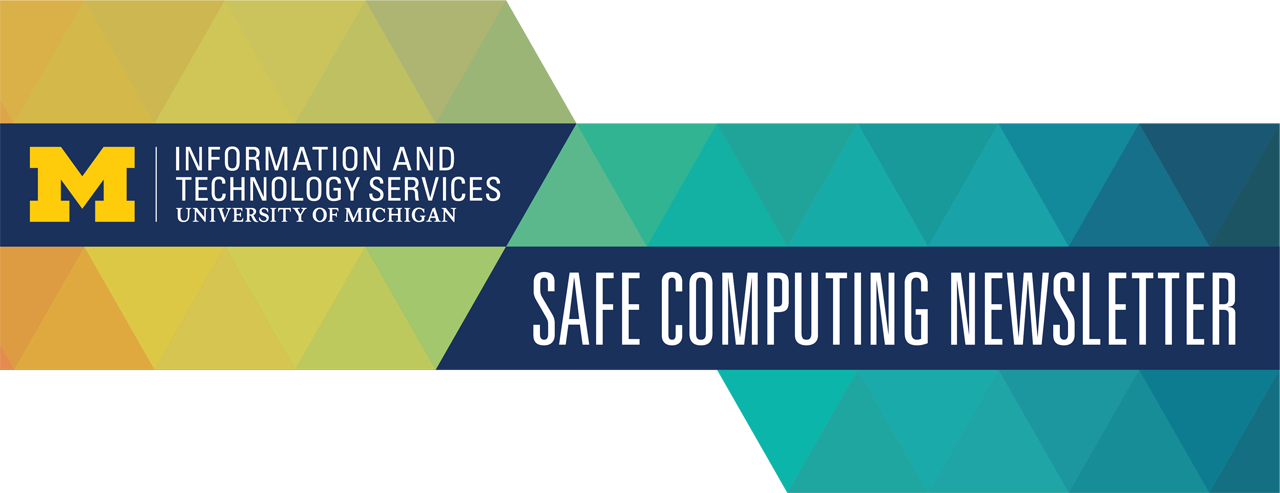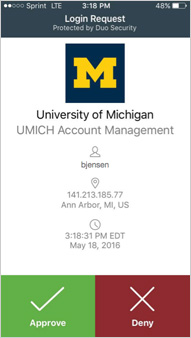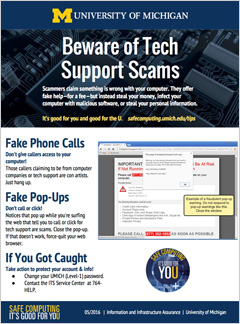If you haven't looked at the proposed new IT Security Policy (SPG 601.27) and related standards yet, you might want to set aside a little time to do so. The policy has been almost completely rewritten, and it will have a big impact on how all of us contribute to IT security at U-M.
The rewritten policy establishes a single, comprehensive, university-wide "information assurance and cybersecurity risk management framework and program, based on an enterprise security architecture that makes utilizing secure university-provided services straightforward and readily accessible to faculty and staff." The policy will be supported by more than a dozen operational, procedural, and technical standards.
The policy was originally issued in 2008, soon after U-M first established a separate information security group and program. Given the significant increase in cyber attacks directed at higher education institutions—and the attendant costs and risks associated with such attacks—it is important that this policy be revised and updated to provide for 21st century security best practices while supporting and advancing U-M's core missions.
Faculty, staff, and U-M governance groups are reviewing the policy as it moves through the process of being incorporated into the the Standard Practice Guide. If you have comments or suggestions, please submit them using the online feedback form.



